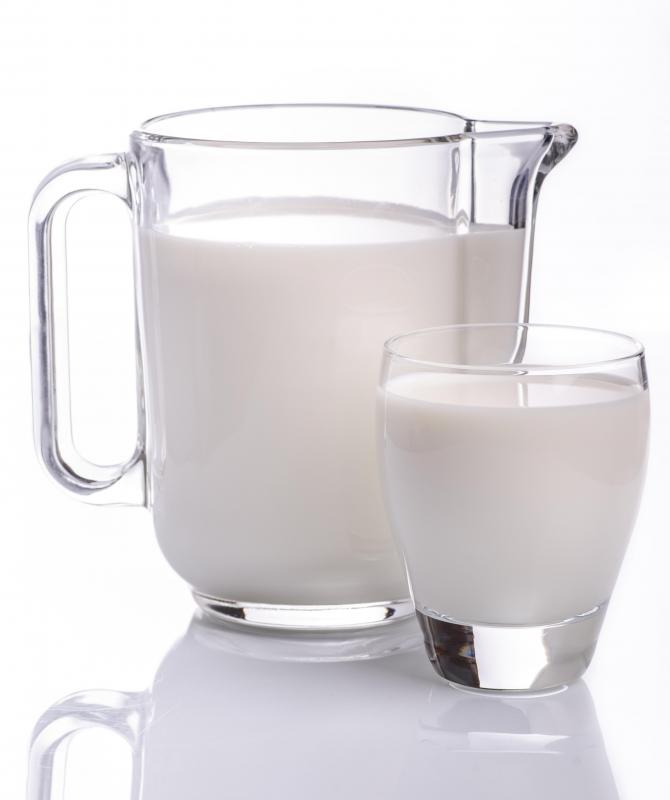At WiseGEEK, we're committed to delivering accurate, trustworthy information. Our expert-authored content is rigorously fact-checked and sourced from credible authorities. Discover how we uphold the highest standards in providing you with reliable knowledge.
How do I Choose the Best Treatment for Osteopenia?
People whose bone mineral density is lower than optimal are considered to have osteopenia. This issue is of concern because it can be a precursor to more significant bone loss, called osteoporosis. Those with osteopenia are also at greater risk for fracturing their bones since they are weaker and less dense than they should be. The problem can be caused by a variety of factors, including heredity, use of certain medications, or lifestyle choices. Treatment for osteopenia is usually focused on stopping bone loss and can include a variety of things, some of them applicable for a person's specific situation and some of them useful for all patients.
Lifestyle changes are an important part of the treatment for osteopenia for those whose behaviors put them at risk. Smoking often contributes to bone loss, so smokers are encouraged to quit. Drinking too much alcohol or soda also negatively impact bone density and so should be avoided.

Exercise is another lifestyle modification that can benefit anyone with osteopenia. Those with a sedentary lifestyle will want to incorporate physical activity into their daily routine. Including weight-bearing exercises is particularly important to maintain strong bones, so even patients who get enough aerobic exercise should look to add in some strength training as well.

Another important part of the treatment for osteopenia for all patients is increasing intake of calcium. Bone mass is very reliant on this mineral. Those with osteopenia should eat a diet naturally high in calcium, including dairy and leafy green vegetables. A doctor may also recommend a mineral supplement if he or she feels the patient's diet is not sufficient. It is also critical to include vitamin D in the diet as well, since this vitamin assists with the absorption of calcium.

Drugs may be used as a treatment for osteopenia for patients that are the most at risk for developing osteoporosis or bone fracture; some doctors are opposed to using drugs at this stage, however, and may stick with alternative treatments. Doctors may prescribe a type of drug known as biophosphonates, which decrease bone loss and in some cases help to increase it. Hormone replacement therapy is also sometimes used, as many of the people with osteopenia are menopausal or post-menopausal women whose decrease in estrogen is contributing to bone loss. In extremely high risk cases, a drug called Teriparatide, which actually promotes new bone growth, can be used.
AS FEATURED ON:
AS FEATURED ON:













Discuss this Article
Post your comments